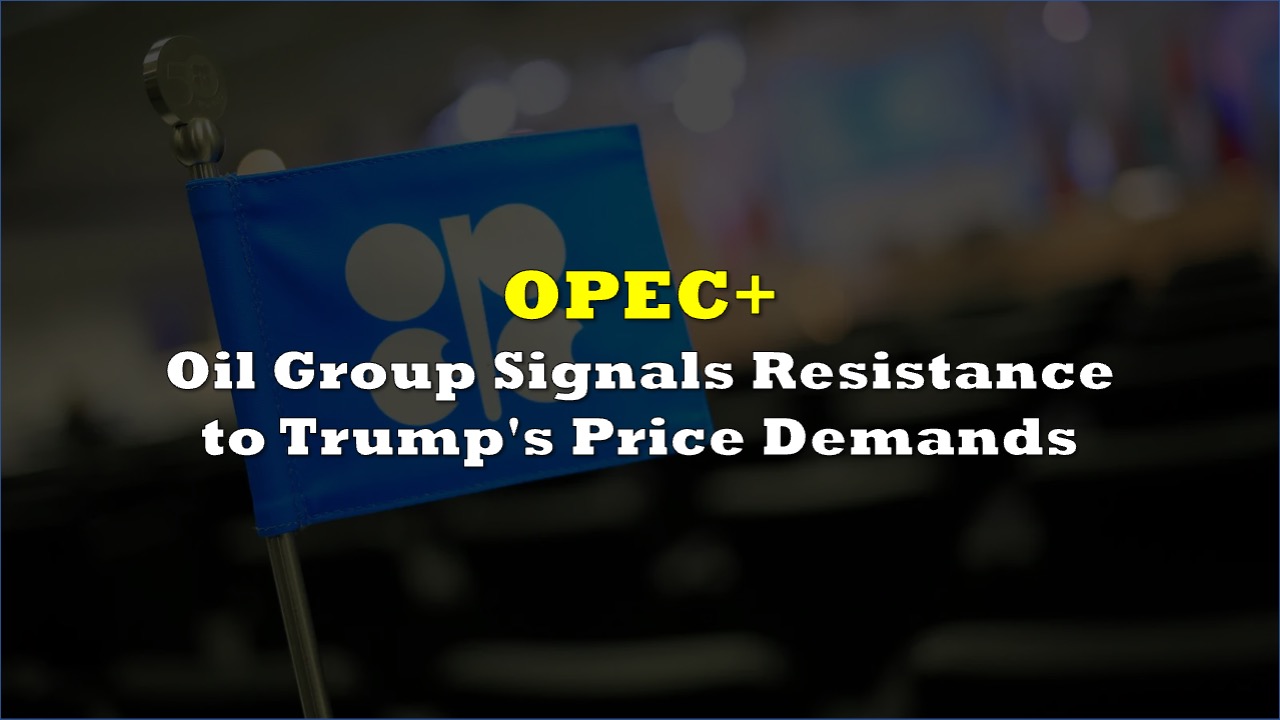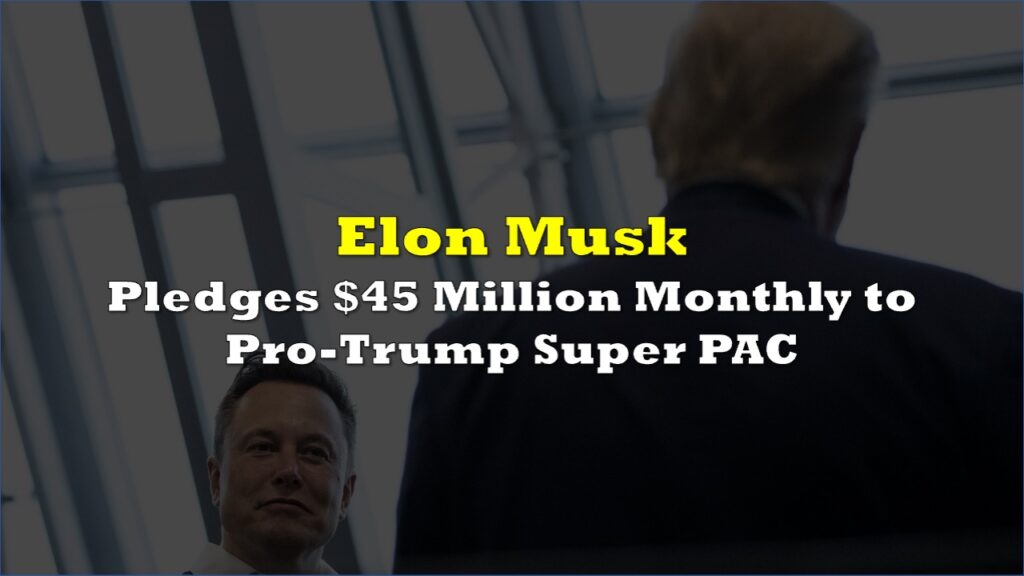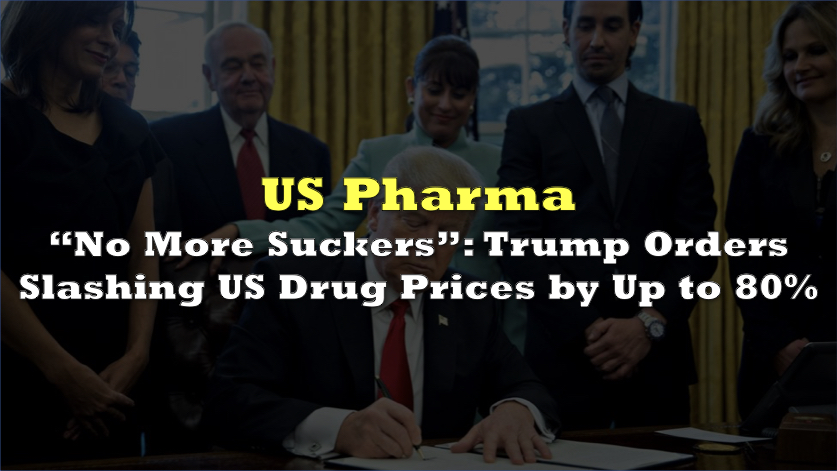OPEC+ delegates are evaluating whether to delay planned output increases, citing weak market conditions, despite US President Donald Trump’s pressure for lower oil prices.
Trump has urged OPEC to “cut the price of oil” and increase production as part of his energy agenda. However, the producer group remains guided by market conditions rather than political requests, delegates who asked not to be identified told Bloomberg.
The group’s internal dynamics face a fresh test after Saudi Arabia and Russia questioned Kazakhstan’s January production spike. Kazakh officials defended the increase as a “temporary one time testing” exercise, but the explanation has drawn skepticism.
Kazakhstan is coming under pressure from Saudi Arabia and Russia after oil production rose in January (with ministerial phone calls over the last few days).
— Javier Blas (@JavierBlas) February 17, 2025
The central Asian nation explained the output surge was the result of a “temporary one time testing” (🤫😇😂) #OOTT
In response, Kazakhstan’s Energy Minister Almassadam Satkaliyev initiated discussions with Saudi Energy Minister Prince Abdulaziz bin Salman and Russian Deputy Prime Minister Alexander Novak. Kazakhstan joins several other members struggling to meet their agreed production targets.
Oil market analysts paint a challenging picture for 2025. The International Energy Agency sees supplies outpacing demand by 450,000 barrels daily this year. Investment banks JPMorgan Chase & Co. and Citigroup Inc. suggest prices might drop into the $60s per barrel range by year-end.
With oil trading at $74 per barrel, many OPEC+ nations can’t meet their budget requirements. According to OPEC expert Amena Bakr, the group’s strategy is clear: “At its core, it remains focused on market management, not political posturing. That includes keeping Russia firmly inside the alliance to maintain maximum clout over global supply.”
The alliance aims for a cautious approach to restoring output. “I guess Trump won’t be happy, but OPEC+ would surely be right to hold their fire,” said Neil Atkinson, former head of the IEA’s oil markets division. “The market doesn’t really have room for more oil.”
The current plan envisions returning 2.2 million barrels per day through incremental monthly increases until late 2026. While Russian Deputy Prime Minister Novak maintains this schedule remains intact, formal discussions about potential delays haven’t begun.
Current market prices reflect ongoing weakness, with West Texas Intermediate near $71 and Brent just above $75. Chinese demand growth has slowed while supplies from the Americas have increased, forcing OPEC+ to postpone its restoration plans three times already.
Meanwhile, OPEC’s Vienna-based secretariat warned that US trade tariffs could introduce additional market uncertainty and destabilize supply-demand relationships.
Information for this story was found via Bloomberg, and the sources and companies mentioned. The author has no securities or affiliations related to the organizations discussed. Not a recommendation to buy or sell. Always do additional research and consult a professional before purchasing a security. The author holds no licenses.









